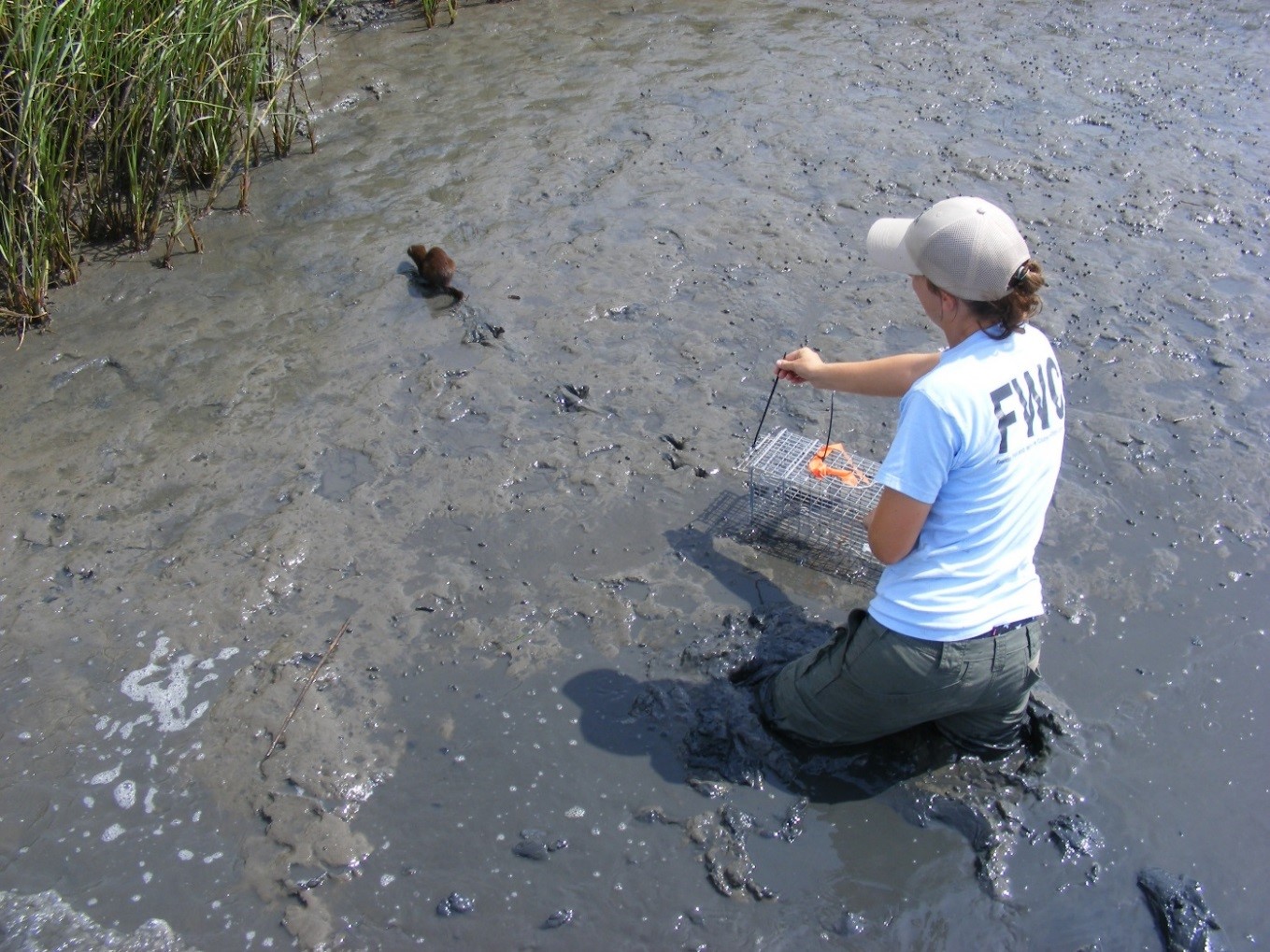Written by Lisa Smith (FWC)
Identification
The American mink (Neovison vison) is a semi-aquatic, carnivorous predator of the weasel family. They have long streamline bodies, small heads, and rounded ears with chocolate colored fur. Often, white markings occur on the chin or belly or both. Mink exhibit sexual dimorphism with the males being longer and heavier than females. Males vary in total length from 19-28 inches and weight from 1-3 pounds, while females measure 18-23 inches and weigh 1-2 pounds. Mink are frequently mistaken for river otters (Lontra canadensis), but they can be differentiated by their smaller size and pointed muzzle. River otter are twice as long and more than four times as heavy.
Population Status and Distribution
American mink are native and widespread across North America. As valuable furbearers they have been introduced intentionally and accidentally to many parts of Europe, Asia, and South America. As a result, mink are considered a species of least concern by IUCN, but in Florida they are uncommon and are considered a Species of Greatest Conservation Need.
Four subspecies of mink occur in scattered populations across Florida: the Atlantic salt marsh mink (N. v. lutensis), the Gulf salt marsh mink (N. v. halilimnetes), the common mink (N. v. mink), and the Everglades mink (N. v. evergladensis). The Everglades mink is the only subspecies that is state designated as Threatened.
Habitat
The habitat preferences of mink in Florida vary depending on the subspecies. Like the name implies, the Atlantic and Gulf salt marsh mink both reside strictly in the salt marsh of their perspective coast. The common mink resides in riparian habitats near streams, lakes, and marshes of the Panhandle. The Everglades mink inhabits shallow freshwater marshes and forested swampland of south Florida.
Life History
The diet of mink in Florida also varies by subspecies and habitat. The diet of the salt marsh subspecies reflects what is available in their habitat, predominately crustaceans and fish, but the occasional bird or small mammal is also consumed. The common mink and the Everglades mink have a diet more typical of freshwater ecosystems, including small mammals, reptiles, amphibians, fish, and insects.
Mink use dens as places to rest and to birth and raise young. Dens are variable and consist of cavities underground, under tree roots, in rock crevices, and in the wrack. Except during the breeding season, mink frequently move between dens and only use a den for a short time period.
All subspecies except the Everglades mink breed in the spring. Everglades mink breed during the fall, coinciding with the late wet season. After almost 2 months the female mink will give birth to a litter of 3 to 5 young. Young will be weaned at 5 to 6 weeks old.
Threats
American mink are faced with threats resulting from increasing human development. Disturbance and modification of wetlands, including draining, logging, dike and canal construction, may all negatively impact mink in Florida. These changes cause fluctuating water levels and can lead to destruction of habitat or encroachment of exotic vegetation. In the Everglades, the invasive Burmese python (Python bivittatus) may also pose a risk to the Everglades mink.
Conservation Efforts
The cryptic nature of the American mink has restricted our understanding of their distribution, range limiting factors, and subspecies differentiation which has in turn limited conservation and management actions. Currently researchers at the Florida Fish and Wildlife Conservation Commission (FWC) are working to address these questions. Camera studies on mink distribution and habitat have been completed for the Gulf and Atlantic salt marsh subspecies, and are currently underway for the remaining two subspecies. A combination of live trapping and hair snares is being used to complete a genetic study to better understand subspecies differentiation.
Report a Sighting
FWC needs your help! If you spot a mink in the wild, please report it on our website: https://app.myfwc.com/hsc/weasel/





